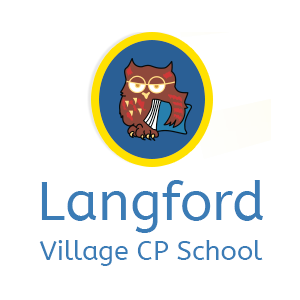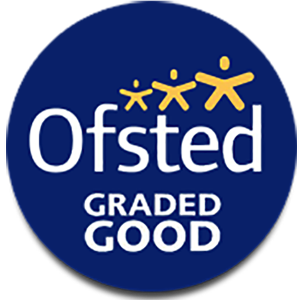




Intent
At Langford Village Community Primary School we aim to create a love for reading, writing and spelling by developing confident, accurate and independent readers and writers through the teaching of systematic phonics.
Implementation
We use the FFT Success For All programme to provide daily engaging and active phonics lessons. In phonics, we teach children that the letters of the alphabet represent sounds and that these are put together to make words. The children learn to recognise the different graphemes that they will see when they are reading or writing.
Our phonics teaching starts in Reception and follows a very specific sequence that allows our children to build on their previous phonic knowledge and master specific phonic strategies as they move through school. As a result, all our children are able to tackle any unfamiliar words that they might discover. At Langford we also model these strategies in shared reading and writing both inside and outside of the phonics lesson and across the curriculum. We have a strong focus on the development of language and language skills for our children because we know that speaking and listening are crucial skills for reading and writing in all subjects.
How we teach Phonics:
Phonics and Reading Books
When the children are starting to learn the phonic code it is important that the books they read are closely matched to the letter sounds they are learning. The books should give the children confidence and help develop fluency, we want our children to feel confident and a sense of achievement. From Year 2 onwards the children are taught phonics alongside spelling patterns and rules. Across the Reception and Key Stage 1, classrooms are well resourced with phonic displays and resources which are readily available empowering children to independently make correct spelling choices.
Impact
Assessment of Phonics:
Attainment in phonics is measured by the Phonics Screening Test at the end of Year 1 and by in-school assessment.
Langford Village Community Primary School
Peregrine Way
Bicester
Oxon
OX26 6SX
Tel: 01869 369021
Email: office.2608@langford-village.oxon.sch.uk
Headteacher: Mrs Sarah Tomlin
SENCo: Mrs Laura Oliver
Paper copies or all information available on this website can be obtained from the school office free of charge